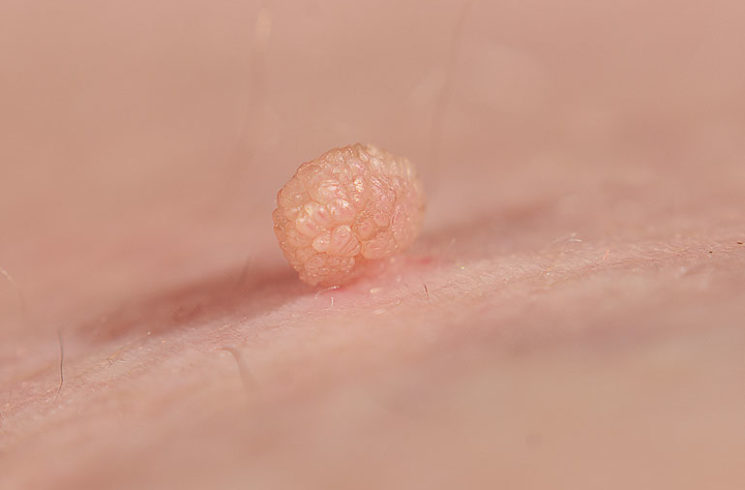Skin tag removal
Skin tags are small growths that hang off the skin. They are common and harmless but can be removed if they’re bothering you. They can develop in many areas of the body.

Skin tag removal SURGERY – FACTS
| Length of surgery | 10-30 minutes |
| Anaesthesia | Local anaesthetic |
| Hospital stay | Day case |
| Risks/complications of surgery | Frequent: Swelling, bruising |
| Recovery | 5-7 days facial sutures removed if used |
| Driving | immediately |
| Follow up | 6 weeks |
| Duration of results | Permanent unless recurrence |
DOWNLOAD FURTHER INFORMATION
Skin tag removal
Any plastic surgery procedure is a very personal choice, and understandably there are a number of questions that arise. This information sheet is a general guide for patients considering Skin Tag Removal treatment under the care of Dr Mackenzie. It should provide the answers to some questions that you may have.
What is a skin tag?
Skin tags are small, soft, skin-coloured growths on the skin. They can vary in colour and size – from a few millimetres up to 5cm wide.
Skin tags are usually found on the neck, armpits, around the groin, or under the breasts. They can also grow on the eyelids or under the folds of the buttocks.
What are the features of skin tags?
They can look like little warts, but skin tags are usually:
- smooth and soft (warts tend to be rougher with an irregular surface)
- knobbly and hang off the skin (warts are usually slightly raised or flat)
- not contagious (warts spread very easily, so a sudden outbreak or cluster of growths is more likely to be warts)
Skin tags do not usually cause any pain or discomfort.
What causes skin tags?
Skin tags are made of loose collagen fibres and blood vessels surrounded by skin. Collagen is a type of protein found throughout the body.
Both men and women can develop skin tags, especially as they grow older. They tend to occur in people who have a higher BMI or have type 2 diabetes.
Pregnant women may also be more likely to develop skin tags because of changes in their hormone levels. Some people develop them for no apparent reason.
Skin tags tend to grow in the skin folds, where the skin rubs against itself, such as on the neck, armpits, or groin. Therefore, they tend to affect overweight people who have excess folds of skin and skin chafing.
How is a skin tag diagnosed?
Diagnosis of skin tags is based on clinical features.
How can skin tags be treated?
Do not try to remove a skin tag without speaking to a specialist first (or any other healthcare professional), hence if you are concerned, please book a consultation.
Skin tags can easily be burnt (using diathermy) or frozen off (cryotherapy/liquid nitrogen) in a similar way to how the warts are removed. They can also be surgically removed, sometimes using local anaesthetic.
Freezing or burning skin tags can cause irritation and temporary skin discoloration (hypopigmentation).
Surgical removal has the advantage of removing the skin tag completely. The skin tag is carefully cut away using a scalpel and will be completely removed, leaving only a small white or pink scar in its place.